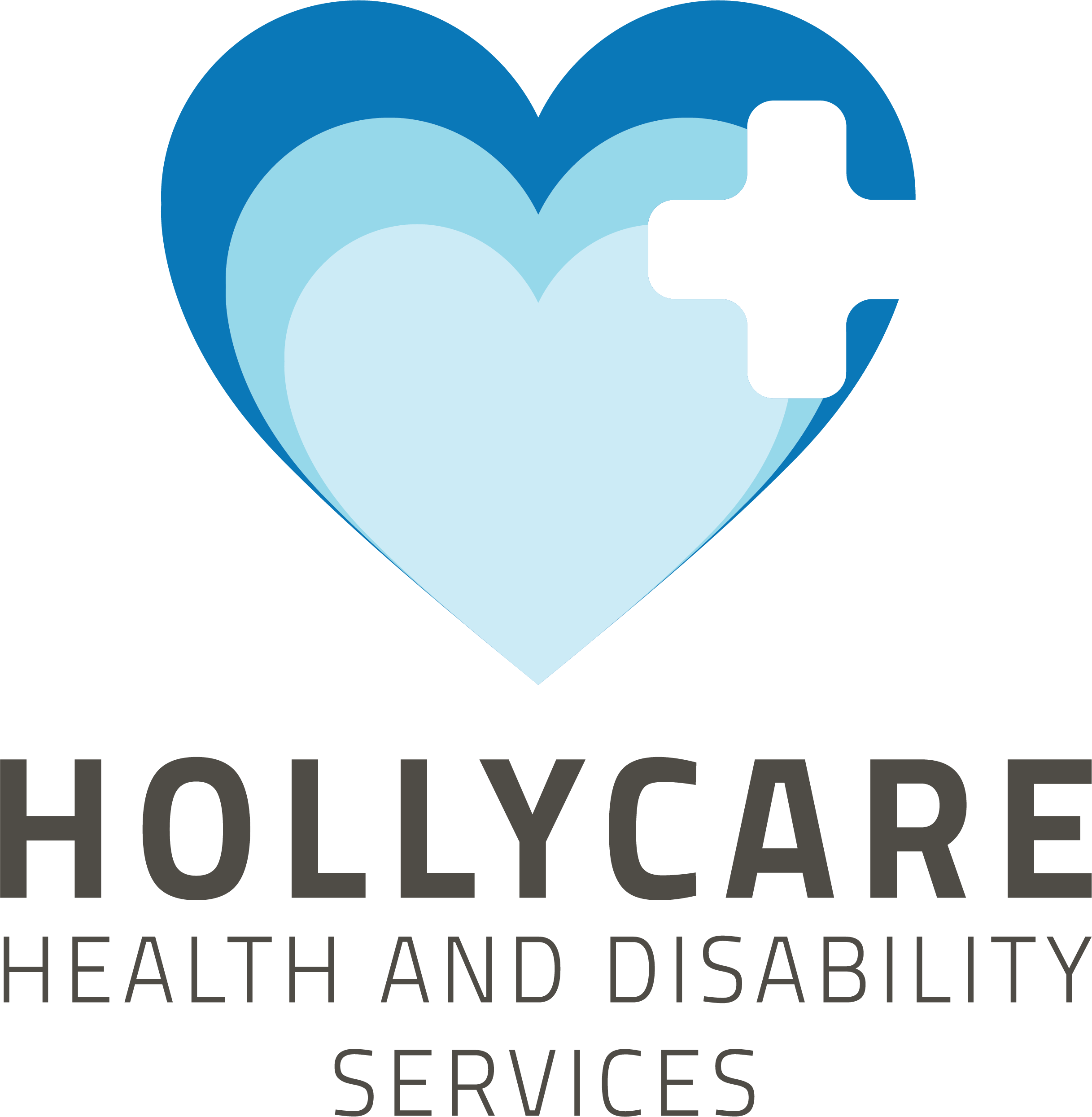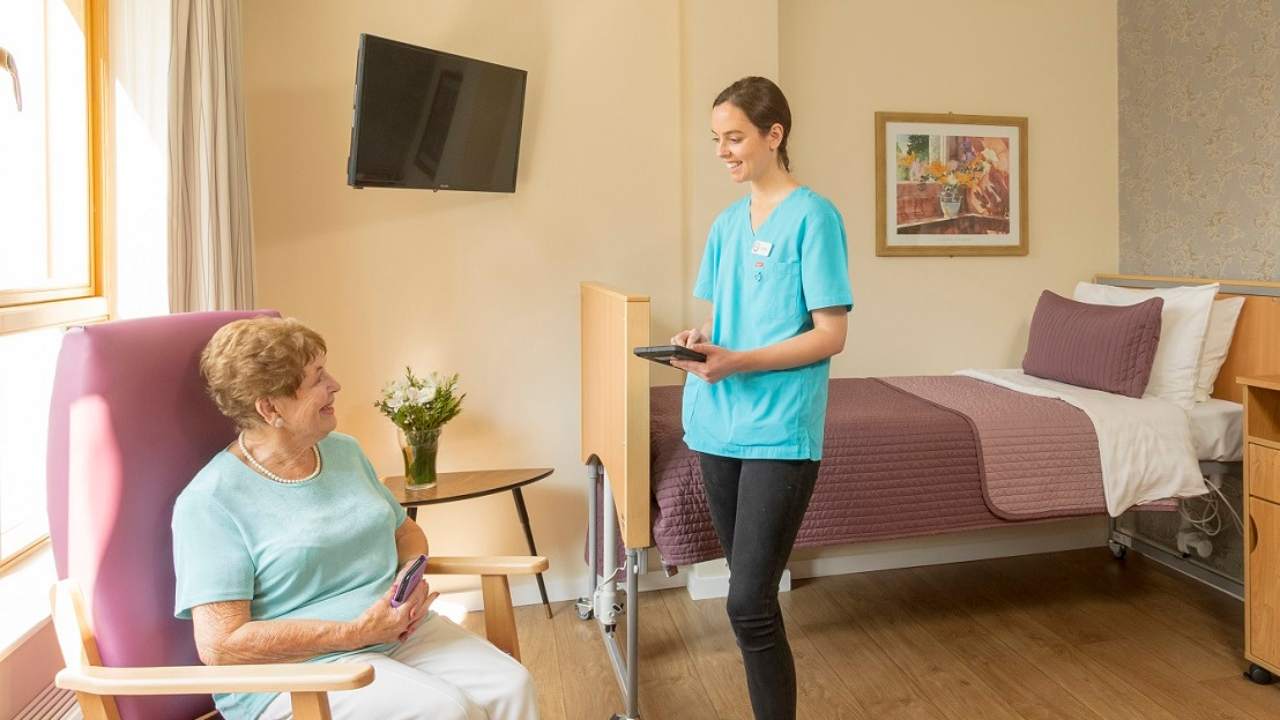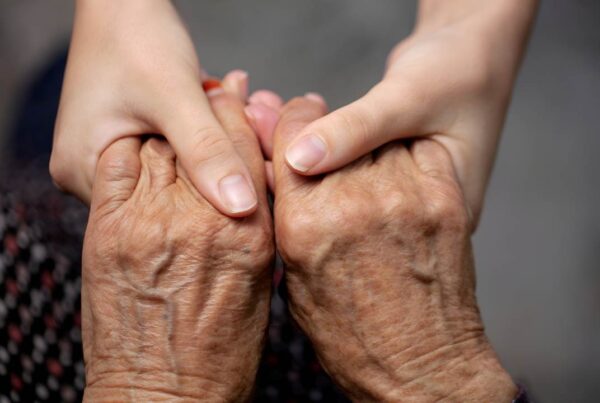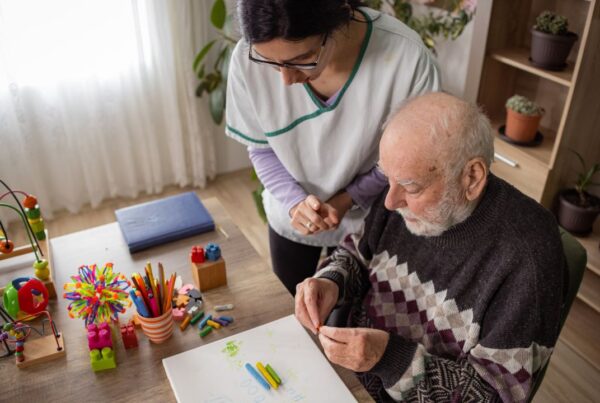Are you searching for the right care option for your loved one but not sure where to start? Deciding between convalescent care and respite care can seem tricky, especially when you’re trying to support recovery from an illness/surgery or simply need a break from caregiving duties. So, this blog will help to clarify the differences between these two essential care types, focusing on their goals, benefits, and how they can help.
We’ll delve into how convalescent care helps those aiming to regain their independence vs. how respite care offers that relief to primary caregivers, allowing them some time off. By the end of this guide, you’ll have the knowledge to choose a care option that aligns with your loved one’s needs and yours, offering you peace of mind.
So, let’s get started.
What is Convalescent Care?

When someone is recovering from surgery or a serious illness, they often need extra care and support. This is where convalescent care comes in. It’s a special kind of care designed to help people heal and get back on their feet. Think of it as a bridge between the hospital and going home.
In convalescent care, trained professionals like nurses and therapists work with the person recovering to help them regain their strength and independence.
Key services in convalescent care
Convalescent care encompasses a wide range of services designed to aid in recovery. Key among these are:
Nursing Support: Around-the-clock nursing care ensures medication management, wound care, and regular health assessments to monitor progress.
Therapy Services: Rehabilitation efforts are supported through physical, occupational, and speech therapies. These services are essential for restoring mobility, daily living skills, and communication abilities.
Amenities for Recovery: The environment in a convalescent care setting is designed for comfort and recovery. Facilities often include features like semi-private rooms, comfortable furnishings, and personal care essentials to enhance the stay.
The duration of convalescent care varies greatly depending on individual recovery needs and progress. While some may benefit from a short stay of a few weeks, others might require longer care spanning several months. The overarching aim is to ensure each individual receives the necessary support until they’re ready to manage independently at home
What is Respite Care?

Caring for a loved one every day is a journey of compassion and commitment, yet it’s undeniably challenging. This constant dedication, while fulfilling, can also be quite demanding, underscoring the importance of respite care. It provides a crucial break for primary caregivers, offering them a moment to recharge, focus on personal tasks, or simply take a moment for themselves. The main purpose of respite care is to ensure primary caregivers get the rest they need, allowing them to continue their care with renewed energy and dedication.
Range of services and time allocation
Respite care spans a variety of services, tailored to meet the individual needs of each family and situation. It can include in-home care, where professionals come to the primary caregiver’s home to take over their responsibilities. This can range from a few hours to overnight stays, allowing primary caregivers substantial breaks.
Other options involve care in specialised facilities or participation in adult day care programs, which can offer social and recreational activities for the person being cared for.
Services can last from a few hours to several weeks, depending on the primary caregiver’s needs and the type of respite care chosen. This flexibility ensures that primary caregivers can find time for themselves, whether it’s for doing daily tasks, attending personal appointments, or simply resting.
The dual benefits of respite care

Respite care is not only beneficial for primary caregivers by providing them with a much-needed break from their caregiving duties, thus relieving stress and preventing burnout; it also benefits the person receiving care by offering new environments and social interactions. This change of scenery can be refreshing and stimulating, contributing positively to their overall well-being.
For the person receiving care, respite care can introduce a variety of activities and interactions with others, enhancing their daily lives and providing enjoyment and socialisation opportunities.
The main purpose of respite care is to maintain the health and happiness of both the primary caregiver and the person receiving care.
By taking a break, primary caregivers can return to their duties feeling refreshed and more effective in their role. At the same time, the person receiving care benefits from engaging with different caregivers, which can bring new perspectives and energy into their routine.
Who Are the Beneficiaries of Convalescent vs. Respite Care?
Both convalescent and respite care are designed to meet distinct needs, providing critical support to individuals and families navigating the challenges of recovery, caregiving, and maintaining a balanced life. Let’s explore who can benefit from this.
Convalescent Care
- Individuals recovering from surgery or serious illness who need specialised medical and rehabilitation support.
- People who have been discharged from the hospital but are not yet fully able to manage their daily activities independently.
- Those requiring physical therapy, occupational therapy, or other specialised rehabilitation services to regain strength and mobility.
Respite Care
- Full-time primary caregivers needing a temporary break to prevent burnout, attend to personal matters, or simply rest and recharge.
- Families that provide ongoing care and support to loved ones but occasionally need additional support to maintain their own well-being.
- Care recipients themselves, who can benefit from a change of scenery, meet new people, and engage in different activities, enriching their social and emotional lives.
What is the Difference Between Convalescent and Respite Care?
Understanding the differences between convalescent and respite care is crucial for making informed decisions about the best support for your loved one or for yourself as a primary caregiver. Let’s compare Convalescent and Respite Care to see which option aligns best with your needs.
Convalescent care
Goal: Focuses on recovery and rehabilitation after an illness, injury, or surgery.
Services: Provides medical attention, therapy services (physical, occupational, speech), and rehabilitation aimed at physical recovery.
Duration: Typically follows a hospital stay and lasts until the individual can regain sufficient independence.
Beneficiaries: Best suited for those who have undergone medical procedures or are recovering from significant health issues and require professional healthcare support.
Environment: Often provided in specialised facilities equipped to handle the medical and rehabilitation needs of recovering individuals.
Respite care
Goal: Offers relief and support for primary caregivers, allowing them time to rest and attend to personal matters.
Services: temporary care that ensures the care recipient’s needs are met in the absence of their primary caregiver. Can include social activities and daily care.
Duration: flexible, ranging from a few hours to several weeks, based on the primary caregiver’s needs.
Beneficiaries: Ideal for primary caregivers needing a break and for care recipients who can benefit from a change of environment and social interaction.
Environment: can be provided at home, in care facilities, or day-care centres, offering a safe and engaging setting for the care recipient.
Both convalescent and respite care play crucial roles in health and well-being, catering to different needs but ultimately aiming to enhance the quality of life for both individuals recovering from health issues and those dedicated to caregiving.
How to Choose the Right Care Service?
Choosing the right care between convalescent and respite care depends on the individual’s current needs and the primary caregiver’s situation. Consider the recovery stage of the person needing care; if they’re recovering from surgery or illness and need medical support, convalescent care is likely the best option.
For primary caregivers needing a break to recharge or handle personal matters, respite care provides that essential pause. Talk to healthcare professionals for advice and explore care facilities to understand the services and support they offer.
Remember, the right choice enhances well-being for both the primary caregiver and the recipient, ensuring a balanced and healthy caregiving environment.
The Final Verdict!
In our exploration of care options, we’ve highlighted the key aspects of both convalescent care and respite care. Convalescent care is ideal for those in recovery who need specialised medical and rehabilitation support to regain their independence.
Meanwhile, respite care offers essential relief for primary caregivers, ensuring they have the opportunity to recharge while their loved ones continue to receive quality care in a safe and engaging environment. Understanding these distinctions is crucial for choosing the care that best meets the needs of both the individual requiring support and their primary caregivers.
If you’re at a crossroads trying to decide between convalescent care and respite care, Holly Care is here to assist you. Our dedicated team is committed to providing you with the guidance and support necessary to make an informed decision that benefits everyone involved. Reach out to Holly Care for personalised advice and help in understanding these essential care options. Let us be a part of your journey to find the best solution for your loved one’s care needs.
FAQs
What is the main difference between convalescent care and respite care?
Convalescent care is designed for individuals recovering from surgery, illness, or injury, focusing on medical and rehabilitation support to help them regain independence. Respite care provides short-term relief for primary caregivers, giving them a break while ensuring the care recipient continues to receive attention and care.
Who can benefit from convalescent care?
Individuals who are in the recovery phase after hospital discharge and need specialised support, including medical care, physical therapy, and rehabilitation services, to fully recover and regain their ability to manage daily activities independently.
Can respite care be beneficial for the person receiving care as well?
Yes, respite care offers benefits for the care recipient by providing them with a change of environment, opportunities for social interaction, and engaging activities, which can improve their quality of life and overall well-being.
How do I know if I should choose convalescent care or respite care for my loved one?
The choice depends on the specific needs of your loved one. If they are recovering from a medical condition and need professional healthcare services, convalescent care is suitable. If you, as a primary caregiver, need a break or have other commitments, respite care is the appropriate choice.
Can convalescent care be provided at home?
While convalescent care is typically provided in specialised facilities, some services can be arranged at home, depending on the level of care required. It’s important to consult with healthcare providers to understand the best setup for your loved one’s recovery.
How long can someone stay in respite care?
The duration of respite care can vary from a few hours to several weeks, based on the primary caregiver’s needs and the available care options. It’s designed to be flexible to accommodate different caregiving situations and provide the necessary relief for primary caregivers.
